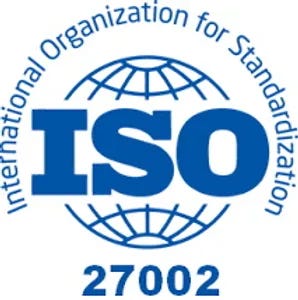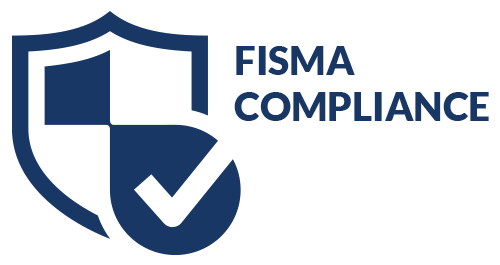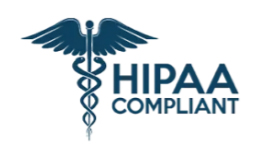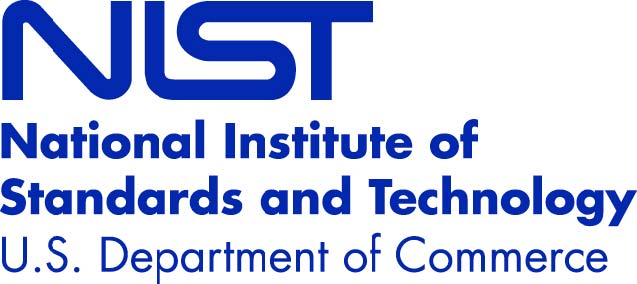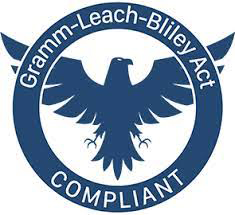In today’s healthcare landscape, the bar for customer satisfaction is continually rising. Patients no longer tolerate long wait times, limited availability, or disjointed communication. They expect seamless, empathetic, and efficient service every time. But are healthcare providers equipped to deliver this level of care, especially in the face of fluctuating demands and unforeseen disruptions?
The solution lies in the hybrid call center model, a system that blends the strengths of in-house teams, remote agents, and strategic partnerships. But what sets this approach apart, and why should healthcare providers consider it essential for meeting patient satisfaction goals?
The Customer Satisfaction Reality Check
Before diving into the hybrid model, consider this: Is your current customer service setup truly capable of handling peak call volumes, unexpected staffing shortages, or weather-related disruptions without compromising patient experience? If the answer isn’t a resounding yes, it might be time to rethink your strategy.
Redefining Resilience with the Hybrid Model
The hybrid model isn’t just a staffing solution—it’s a customer satisfaction strategy. By leveraging both in-house expertise and the scalability of remote agents through trusted business partners, this approach ensures your call center can adapt to any situation. Here’s how:
- Built-In Flexibility: Quickly scale up or down based on patient demand, seasonal fluctuations, or emergency events.
- Continuous Operations: Keep your lines open and patients supported, even during power outages or extreme weather.
- Cost-Efficiency: Reduce overhead while maintaining high service standards by optimizing staffing through remote capabilities.
Why a Business Partner Makes All the Difference
One of the key differentiators of a successful hybrid call center is partnering with a specialized service provider. These partners bring:\n
- Expertise in healthcare-specific challenges.\n
- Access to advanced technologies for seamless integration.\n
- Flexibility to provide tailored solutions for fluctuating needs.
With the right partner, you’re not just filling shifts—you’re ensuring that every patient interaction exceeds expectations.
Challenges You Might Be Overlooking
Even the most prepared organizations face hurdles when adopting a new model. Common challenges include:\n
- Ensuring agents deliver a consistent patient experience across remote and on-site teams.\n
- Keeping staff engaged and motivated despite geographical separation.\n
- Navigating technological upgrades and integrations.\n
The good news? Each of these challenges has a clear solution, from robust training programs to implementing AI-powered tools that streamline workflows and maintain quality.
Metrics That Matter
Wondering how to measure success? These key performance indicators (KPIs) will help you assess the impact of your hybrid model:\n
- Patient satisfaction scores.\n
- First-call resolution rates.\n
- Average response times.\n
- Cost savings and ROI.\n
These metrics don’t just reflect operational efficiency; they highlight how well you’re meeting patient needs.
The Future of Customer Service in Healthcare
As the industry evolves, so too must your approach to customer service. The hybrid model isn’t a static solution—it’s a foundation for growth. Future enhancements, such as AI-driven analytics and omnichannel support, will further elevate the patient experience.
Final Thought: Are You Ready?
The question isn’t just whether a hybrid model can improve your call center—it’s whether you can afford not to implement one. Patient expectations aren’t going anywhere but up. Ensuring your call center can meet these demands isn’t just a competitive advantage; it’s a necessity.
Are you confident that your current setup aligns with your customer satisfaction goals? If not, it might be time to explore the transformative potential of a hybrid call center.
Call to Action: Transform Patient Support Today
Discover how a hybrid call center can revolutionize your healthcare organization’s approach to customer service. Contact us for a consultation and take the first step toward meeting and exceeding patient expectations.

